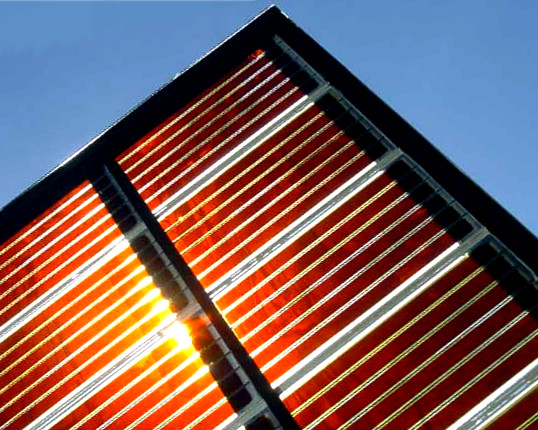New cells boosted
 Australian researchers say hyper-thin ‘nanosheets’ could be a key ingredient for next-gen solar cells.
Australian researchers say hyper-thin ‘nanosheets’ could be a key ingredient for next-gen solar cells.
The nanomaterial made from phosphorus, known as phosphorene, has been tested in perovskite solar cells (PSCs).
PSCs are one of the fastest developing new solar technologies, and can already achieve efficiencies comparable to more commonly used commercially-available silicon solar cells.
For the first time, an international team of researchers has made very thin phosphorene nanosheets for low-temperature PSCs using the rapid shear stress of the Flinders University’s vortex fluidic device (VFD).
“Silicon is currently the standard for rooftop solar, and other solar panels, but they take a lot of energy to produce them. They are not as sustainable as these newer options,” says Professor Joseph Shapter.
“Phosphorene is an exciting material because it is a good conductor that will absorb visible light. In the past most non-metallic materials would have one property but not both.”
“We’ve found exciting new way to convert exfoliated black phosphorus into phosphorene which can help produce more efficient and also potentially cheaper solar cells,” says Dr Christopher Gibson, from the College of Science and Engineering at Flinders University.
“Our latest experiments have improved the potential of phosphene in solar cells, showing an extra efficiency of 2 to 3 per cent in electricity production.”
Scientists have already come up with ways to artificially produce perovskite structures, putting them close to the threshold for commercial viability. Meanwhile, research around the world continues to look for ways to improve and optimise perovskite cell performance.
The latest study was supported by an Australian Research Council Discovery Program, Royal Society of Chemistry research grants, Microscopy Australia, Australian National Fabrication Facility and the new Flinders Microscopy and Microanalysis Centre.







 Print
Print